Forensic Case Files: The Srebrenica Massacre
/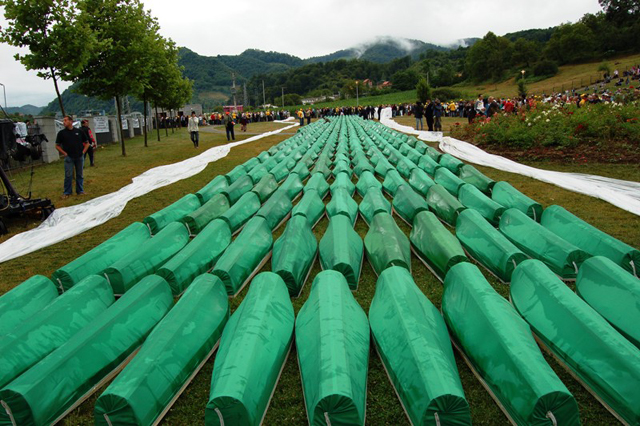
July 11th this past week marked the 18th anniversary of the beginning of the Srebrenica massacre—the day the Bosnian Serb army, under the command of General Ratko Mladić, took control of the UN protected enclave of Srebrenica in Bosnia. Two days later the genocide began. Between July 13th and 22nd, 1995, over 8,100 Bosnian Muslim men and boys were massacred and buried in mass graves by the Serb Army. Between August and November of 1995, many of those bodies were moved to secondary and tertiary mass graves, scattering remains across 300+ grave sites. The locations of these graves were largely unknown to outside investigators, and while a large number of them have been discovered, many are still unidentified. Teams of pathologists and forensic anthropologists are sponsored by the International Commission on Missing Persons to excavate each newly discovered grave. Attempts are made to identify remains by PCR, physical characteristics and personal belongings found within the grave. It is truly horrifying work for the ICMP team members, but it is also rewarding as missing loved ones are finally identified and put to rest.
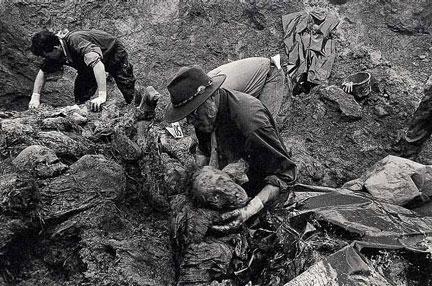
DNA analysis comparing family member samples to the unidentified remains has resulted in the identification of 6,838 individuals from the more than 8,100 reported missing following those 10 days in July. But there remains no trace of over 1,200 men and boys to this day.
On July 11th of each year, all of the newly identified dead are brought to the Srebrenica Genocide Memorial in Potočari for burial. Last Thursday, 409 additional sets of remains—often no more than a handful of bones—were laid to rest at the memorial. Included in the dead were 43 boys between the ages of 14 and 18, and a newborn infant who was born during the massacre. This brings the total number of remains interred here to 6,066.
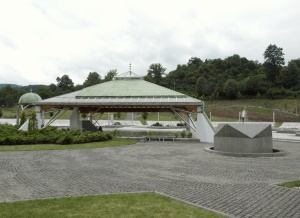
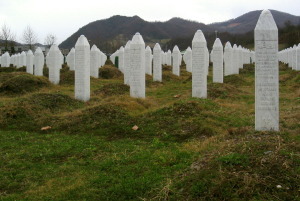
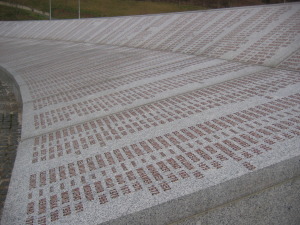
Next week, as we explore this difficult topic further, we’ll look at the forensic anthropology challenges of mass graves.
Photo credit: green-draped coffins—Almir Dzanovic, mass grave exhumation— Photograph provided courtesy of the ICTY, Potocari gravestones— Michael Büker, Potocari Memorial—Mazbln and Potocari Memorial names— Michael Büker; all Wikimedia Commons



 97.7%
97.7%